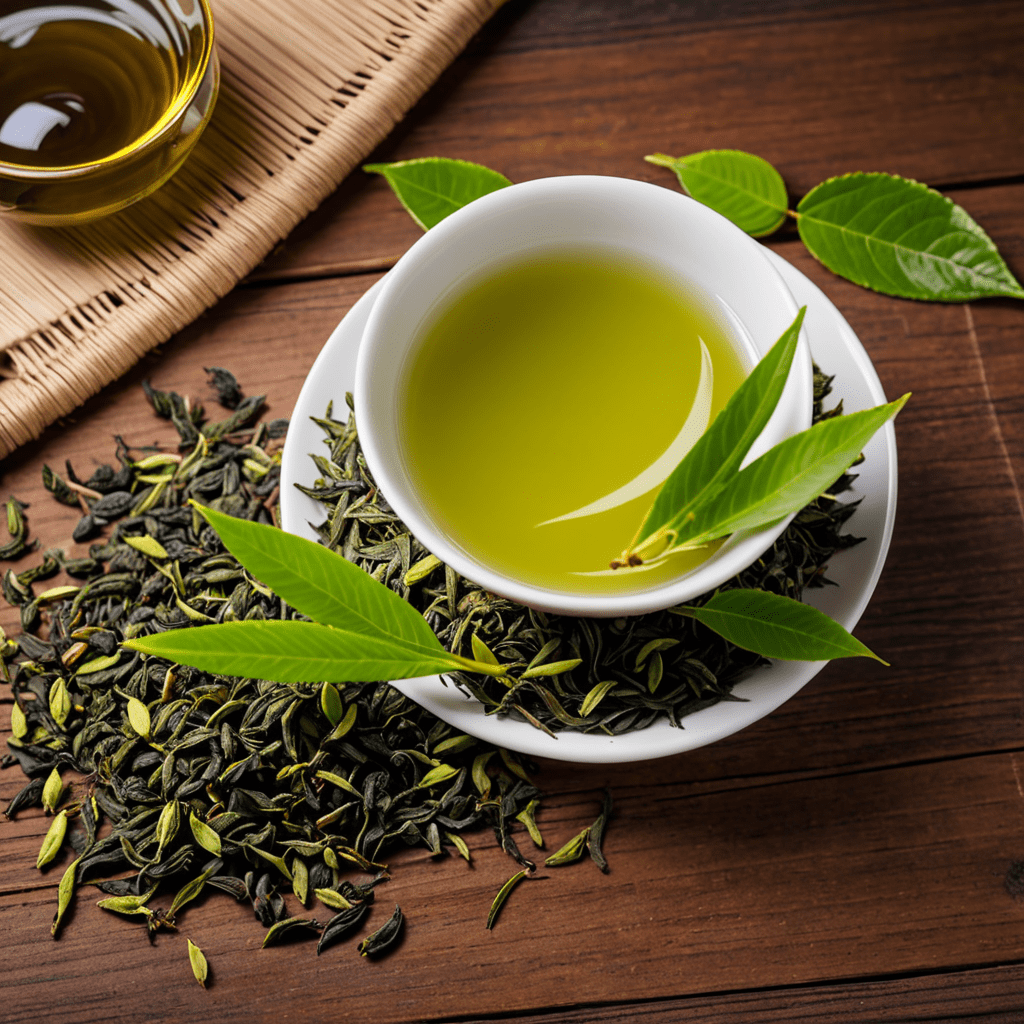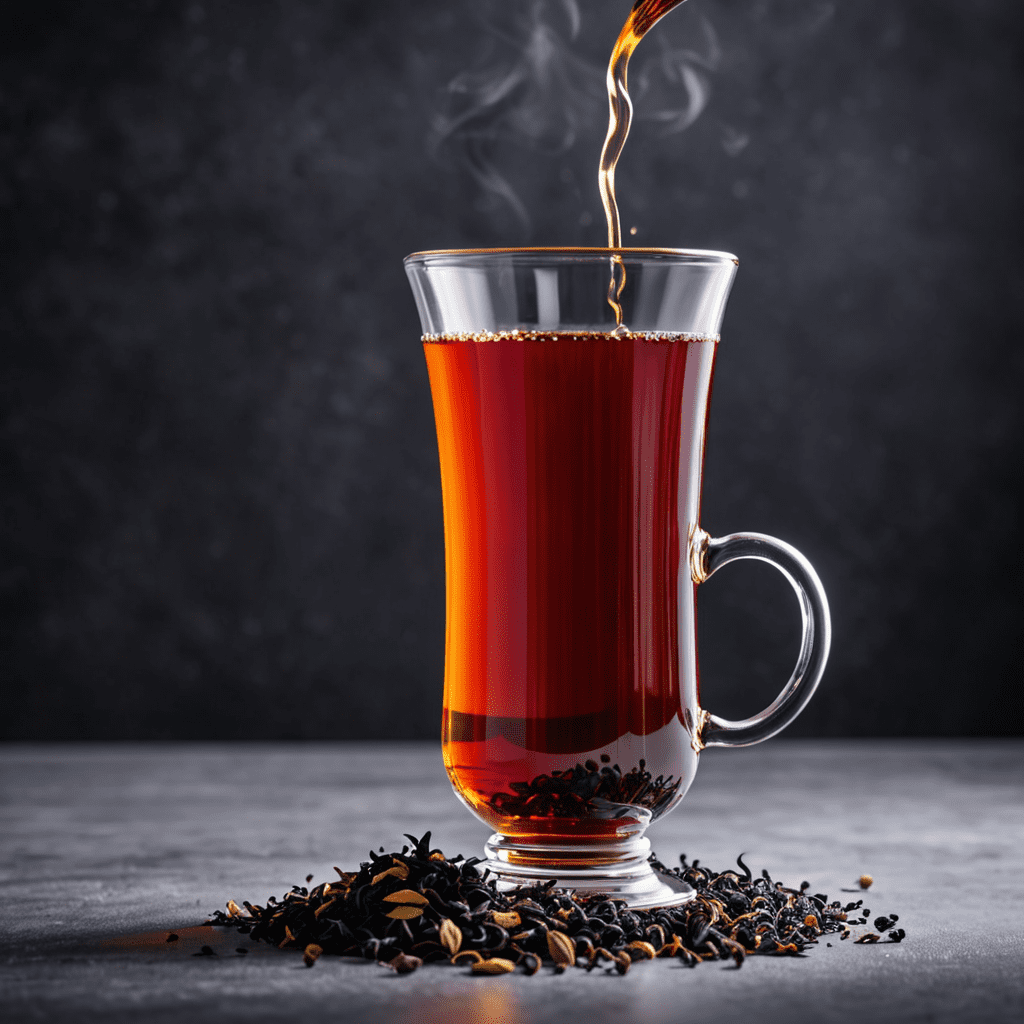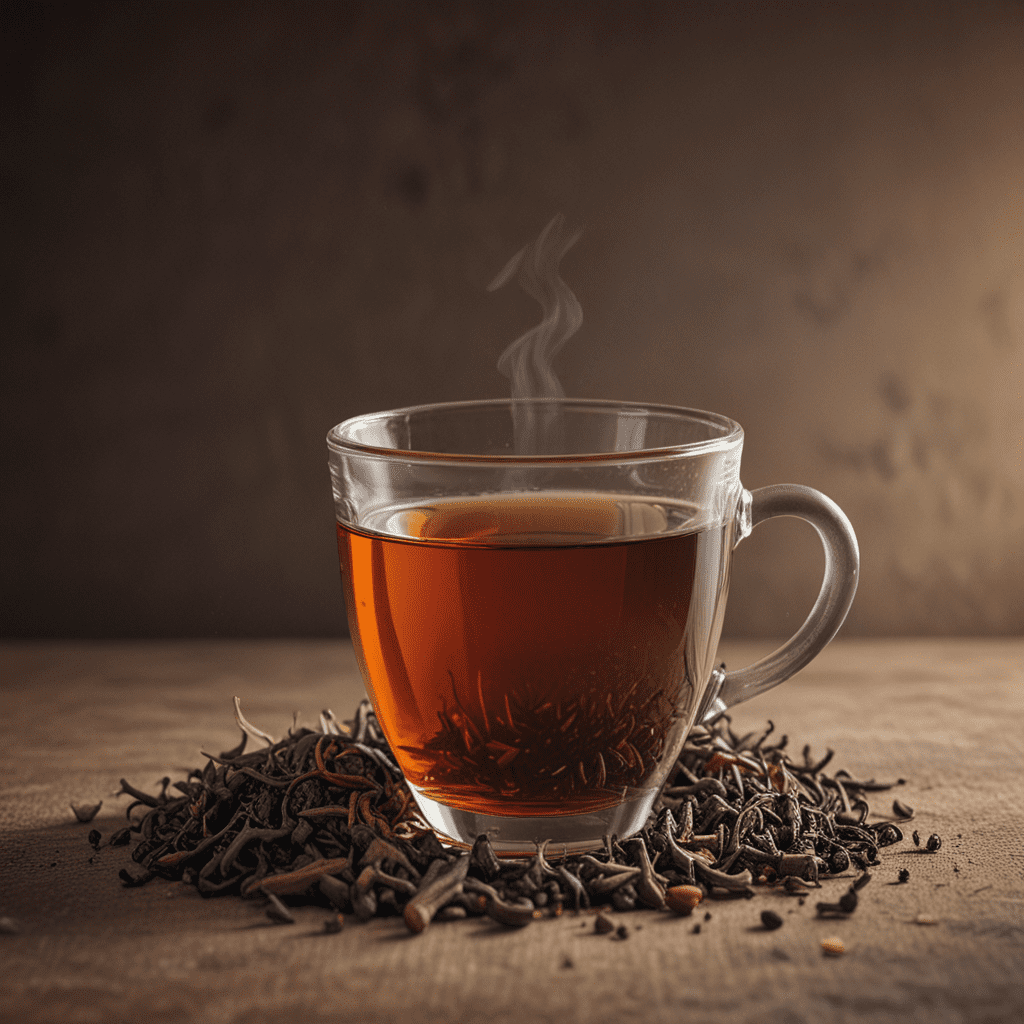
Mastering the Art of Brewing Authentic Japanese Green Tea: A Tea Enthusiast’s Guide
Japanese green tea has a rich and vibrant history, and brewing it properly is essential to unlocking its full flavor and aroma. Whether you’re a tea lover or new to the world of green tea, this guide will walk you through the traditional brewing techniques for an authentic Japanese tea experience. In this article, we will explore the steps involved in brewing Japanese green tea, the tools you’ll need, and some helpful tips to enhance your tea-drinking journey.
Step 1: Choosing the Right Japanese Green Tea
Before you begin brewing, it’s important to choose the right type of Japanese green tea. There are various varieties available, including sencha, matcha, genmaicha, and hojicha. Each type has its own distinct flavor profile and brewing method.
For a classic green tea experience, sencha is a popular choice. If you prefer a powdered tea, matcha is the way to go. Genmaicha offers a unique blend of green tea leaves and roasted rice, while hojicha is a roasted green tea with a comforting, nutty flavor. Experiment with different varieties to find your favorite.
Step 2: Gathering the Necessary Tools
To brew Japanese green tea, you’ll need a few essential tools. These include:
- Teapot: A kyusu or a traditional Japanese teapot is recommended for brewing. Opt for one made from ceramic or clay to retain heat.
Tea cups: Choose small ceramic cups that allow you to appreciate the color and aroma of the tea.
Tea scoop: A bamboo tea scoop, also known as a chashaku, is used to measure matcha powder.
Tea whisk: A bamboo tea whisk, or chasen, is essential for whisking matcha to create a frothy texture.
Tea kettle: A temperature-controlled electric kettle will ensure precise water temperature for brewing.
Step 3: Preparing the Water
Water plays a crucial role in brewing Japanese green tea. Use filtered water to enhance the flavor and avoid any chlorine or impurities that may affect the taste. It’s important to consider the water temperature as different types of Japanese green tea require specific brewing temperatures.
For sencha and genmaicha, heat the water to around 70-80°C (158-176°F). Matcha requires a slightly lower temperature, around 60-70°C (140-158°F). Hojicha, on the other hand, can be brewed with hotter water, around 90°C (194°F). Adjust the temperature accordingly to achieve the best flavor.
Step 4: Measuring the Tea Leaves or Powder
The amount of tea leaves or powder you use will depend on your personal preference and the type of green tea you’re brewing. As a general guideline:
- For sencha: Use approximately 1 teaspoon of tea leaves for every 8 ounces of water.
- For genmaicha: Use a similar amount of tea leaves as sencha, but adjust according to the desired strength.
- For matcha: Measure 1 teaspoon of matcha powder using a bamboo tea scoop.
- For hojicha: Use about 1.5 teaspoons of tea leaves for every 8 ounces of water.
Feel free to experiment with the quantity to find the perfect balance of flavor and strength.
Step 5: Brewing Process
Now that you have everything prepared, it’s time to start the brewing process. The steps may vary slightly depending on the type of tea you’ve chosen, so follow the instructions accordingly.
Brewing sencha or genmaicha:
- Preheat the teapot by pouring hot water into it and then discarding the water.
- Add the tea leaves to the teapot.
- Pour the heated water into the teapot, covering the leaves completely.
- Steep the tea for about 1-2 minutes.
- Pour the brewed tea into the cups, distributing it evenly.
Brewing matcha:
- Preheat the tea bowl by pouring hot water into it and then discarding the water.
- Add the matcha powder to the tea bowl using the bamboo tea scoop.
- Gradually pour the heated water (60-70°C) into the tea bowl.
- Whisk the matcha vigorously in a back-and-forth motion until it becomes frothy.
- Pour the whisked matcha into the tea cups and serve.
Brewing hojicha:
- Preheat the teapot by pouring hot water into it and then discarding the water.
- Add the tea leaves to the teapot.
- Pour the heated water into the teapot, covering the leaves completely.
- Steep the tea for about 1-2 minutes.
- Pour the brewed tea into the cups, distributing it evenly.
Step 6: Enhancing Your Tea-Drinking Experience
To fully appreciate the flavors of Japanese green tea, consider some additional tips:
- Take a moment to appreciate the aroma before taking your first sip.
- Sip the tea slowly to savor the flavors and sensations on your palate.
- Pair your tea with traditional Japanese sweets for a delightful combination of flavors.
- Experience the tranquility and mindfulness by enjoying the tea in a quiet environment.
FAQs (Frequently Asked Questions)
Q1: Can I reuse the tea leaves or matcha powder for subsequent brewings?
A1: Yes, you can. Japanese green tea leaves and matcha powder can often be steeped or whisked multiple times. However, each subsequent brewing will result in a milder flavor.
Q2: Should I add sugar or milk to my Japanese green tea?
A2: Traditional Japanese green tea is typically enjoyed without the addition of sugar or milk. Adding these may alter the delicate flavors and aromas, so it’s best to experience the tea in its pure form.
Q3: Can I use a different type of teapot or tea cup to brew Japanese green tea?
A3: While using traditional Japanese teapots and cups enhances the overall experience, you can still brew Japanese green tea using alternative options. However, keep in mind that the material and design of the teapot/cup may affect the heat retention and tea taste.
Q4: How should I store Japanese green tea to maintain its freshness?
A4: To preserve the freshness of Japanese green tea, store it in an airtight container away from light, heat, and moisture. It’s also recommended to consume the tea within a few months of purchasing it for the best flavor.
Q5: Is it necessary to whisk matcha tea by hand?
A5: Whisking matcha by hand with a bamboo tea whisk helps to create a frothy texture and ensures the powder is evenly mixed. While alternative tools like electric frothers may be used, hand whisking is the traditional and preferred method.
Now that you know the secrets behind brewing authentic Japanese green tea, it’s time to start your tea journey. Embrace the culture, traditions, and nuances of this exquisite beverage, and let the calming and invigorating flavors transport you to the Land of the Rising Sun. Cheers!

